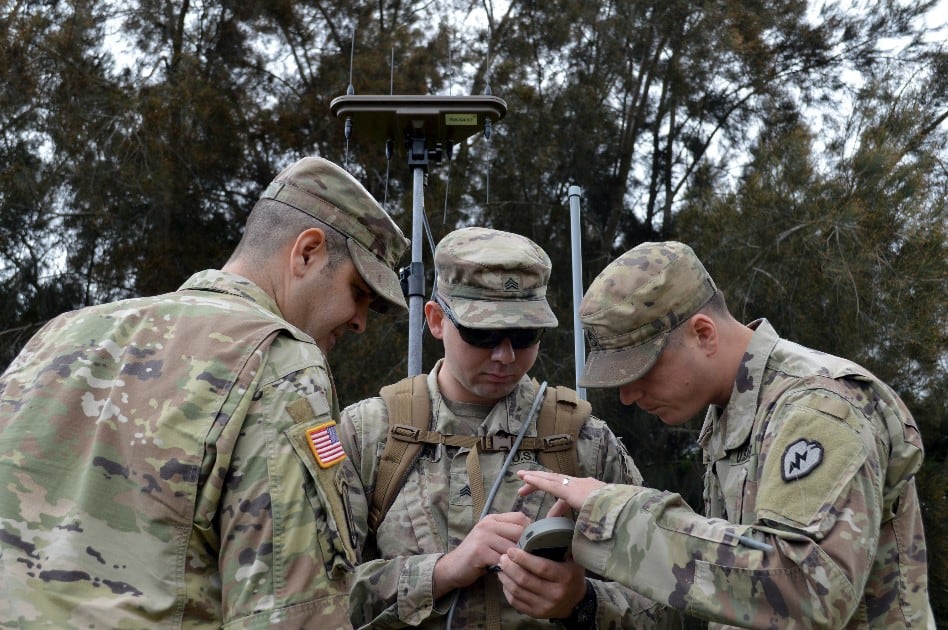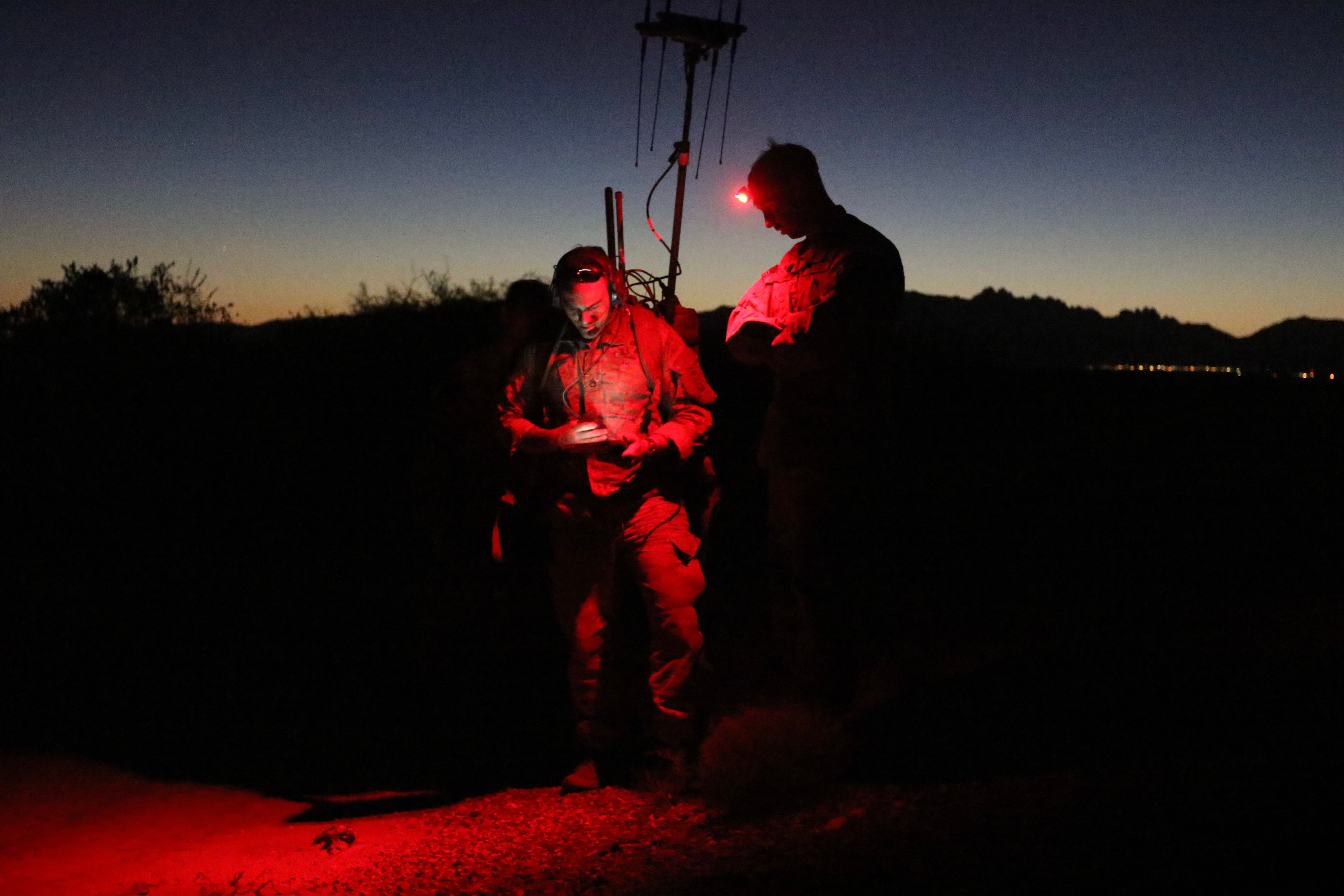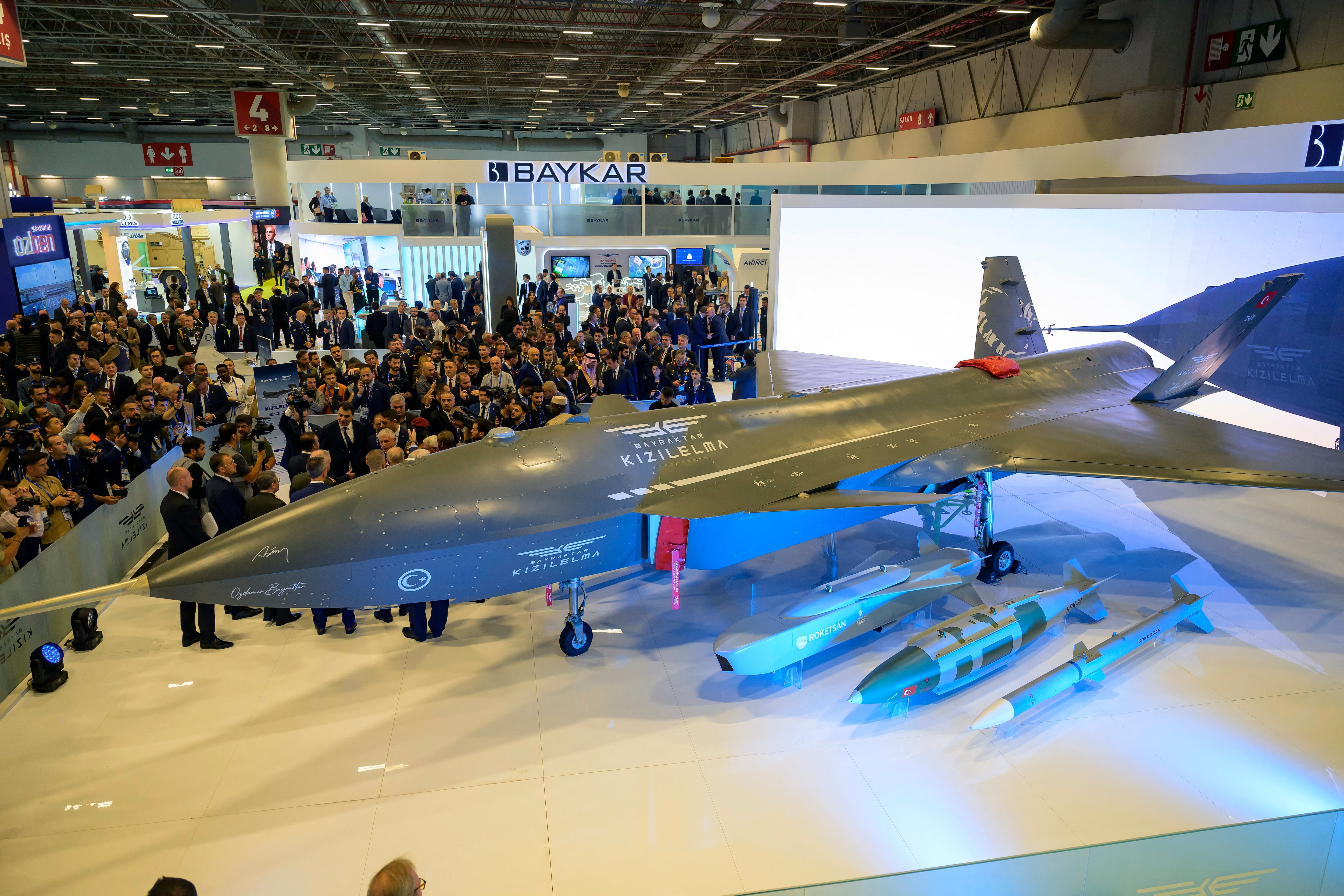WASHINGTON — As the U.S. military shifts away from fighting technologically inferior enemies in its global war on terror, and toward sophisticated state actors, the Pentagon is reviewing its approach to modernizing electronic warfare systems.
A congressionally mandated study on plans and programs published last November by the Center for Strategic and Budgetary Assessments asserted regaining prowess in the electromagnetic spectrum isn’t merely an issue that can be solved with increased funding.
“It’s architectural,” James Faist, director of defense research and engineering for advanced capabilities at the Pentagon, told C4ISRNET in a September interview.
RELATED

In the electromagnetic spectrum, Faist said, the key to enabling battlefield dominance is achieving an underlying architectural effort he called fully networked command, control and communications. FNC3 is a modernization priority and a program that involves his outfit and the armed services. The goal, he said, was to create a command-and-control data architecture for future systems that is “robust and survivable and useful in a peer contest that enables advanced, distributed EW techniques.”
Implementing that into systems and networking them effectively will determine who dominates the electromagnetic spectrum, he said.
This architecture, which was finished about a year ago, is much larger than systems solely focused on electronic warfare, which are designed to jam enemy frequencies, sense enemy signals and protect friendly systems.
Data will also likely play a big role in how systems are designed for future conflict, considering the unprecedented amount of systems emitting signals and information.
“If we think about the problem not from a standpoint of trying to specify a particular performance parameter, but if we more so begin with what decision, what military operation are we attempting to use this system to do? What information do I need to [then] allow a human to make that decision, and then how should I architect all of the different hardware, the software, the algorithms, the storage, whatever it may be, such that I can in the most logical way possible allow a human to make that good decision?” said William Conley, the former director of electronic warfare at the Pentagon.
“When we look into the future at what is it the government is going to want access or insight from, I don’t think the government actually wants to buy the data," he told C4ISRNET in a September interview. "The government wants to buy the insight into how to design a better system based off an understanding of that data that resides on the commercial side.”
RELATED

The other aspect to the architecture and engineering process is people.
“We need to dramatically improve the engineering competence within the federal government,” Faist said. “We need to have support within the services to rebuild their engineering capability in house. You need smart buyers. Smart buyers can make really good buying decisions on what’s needed, and they can do the better engineering.”
Without that, Faist said, “we get into a lot of trouble on programs.”
In with the old
As the Defense Department works on new systems for the 2030 time frame, it’s also balancing updates to aging legacy systems.
Faist called it a “dilemma we have in the department,” noting the old systems are expensive to maintain because of their designs.
“When you look at what was done in the last 10 years, it’s mostly patching legacy systems to be more survivable," he said. "The legacy systems, you can only go so far with that against this type of adversary that ... is accelerating their modernization and rapid pace. That is not going to stay ahead of them.”
His shop helps with this effort alongside the Pentagon’s acquisition and sustainment office, but he said the future is in open-architecture standards, which allow for rapid upgrades because they are mostly software-based.
When a new threat presents itself, the thinking goes, an update can quickly be uploaded to the system. This is a significant departure from the hardware-based era of the Cold War. At that time, if a new signal was discovered, it would have to be deconstructed in a controlled environment, and a countermeasure would have to be developed and hand-delivered to the field.
Mark Pomerleau is a reporter for C4ISRNET, covering information warfare and cyberspace.








